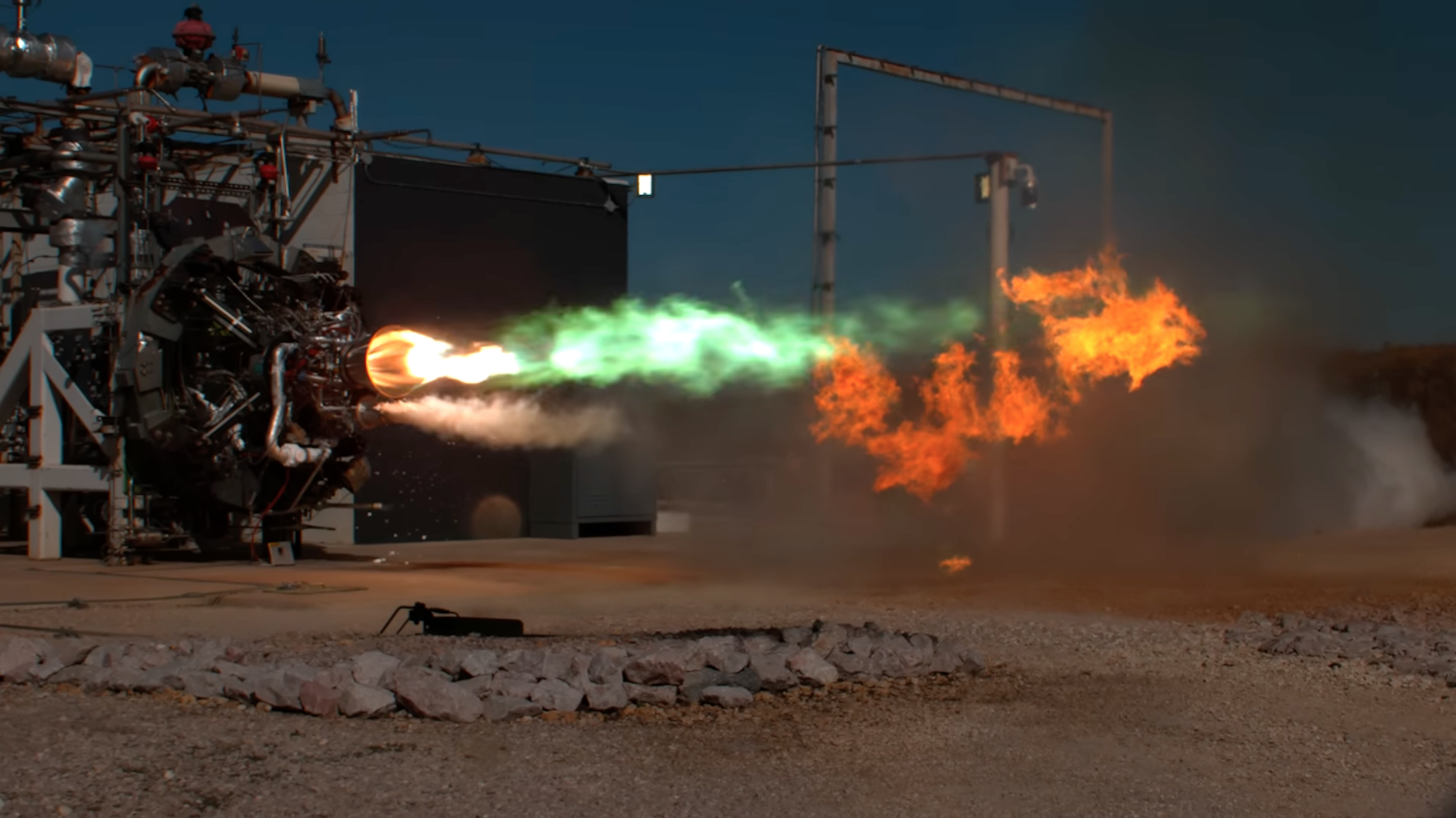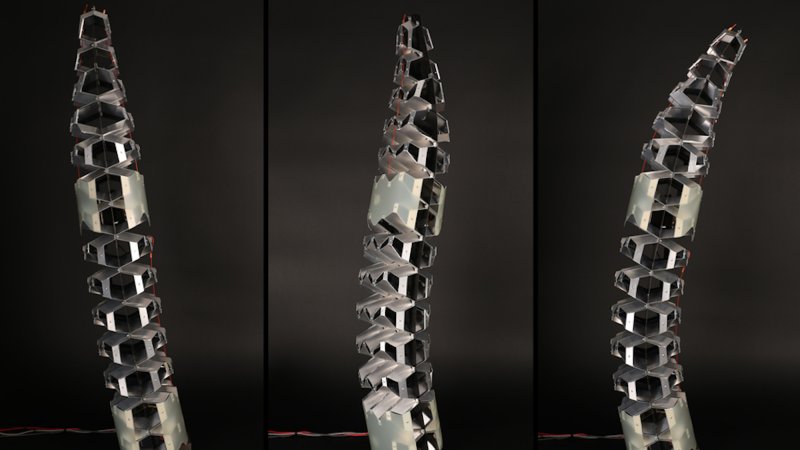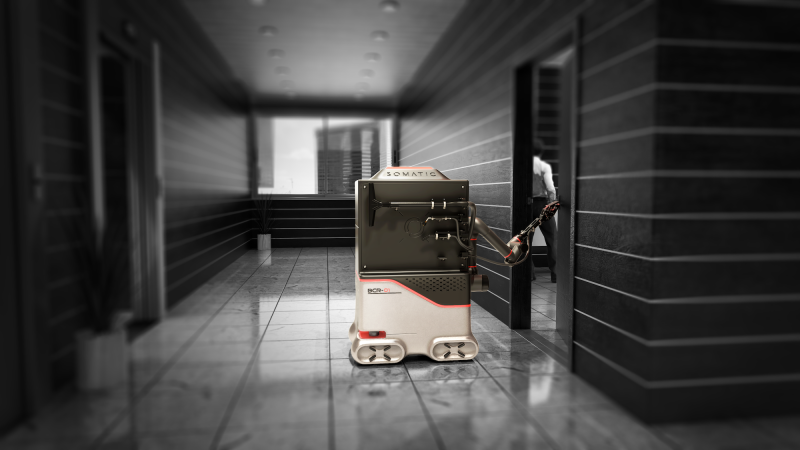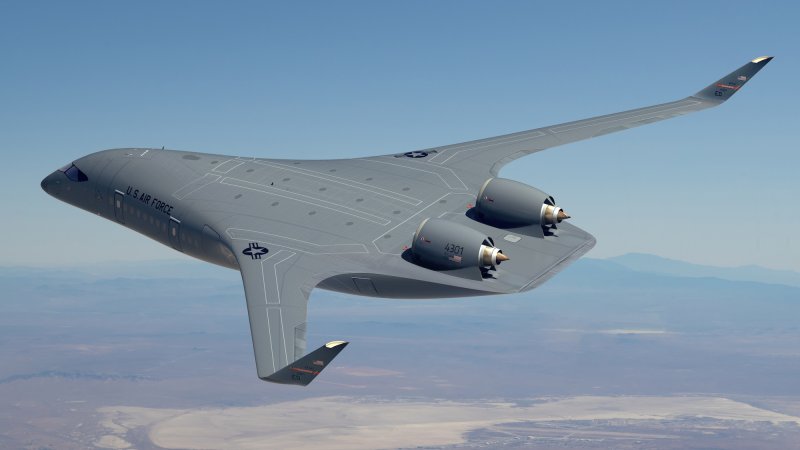

Rocket ignitions are always impressive, but they’re not the easiest to look at with the naked eye for pretty obvious reasons—you can’t be anywhere near their incinerating temperatures, and their brightness is generally blinding. Thanks to popular YouTubers’ high-speed video capabilities, however, curious minds can take a look at a recent test firing to see the complex, beautiful, and perhaps terrifying ignition in action.

The new footage comes courtesy of The Slow Mo Guys, a team of videographers specializing in… well, you can connect the dots. The YouTubers were given a front row seat at a test ignition for one of Firefly Aerospace’s Reaver engines, but unlike previous excursions, this project required quite a bit of preplanning. First off, The Slow Mo Guys only had one chance to nab the shot, since rockets traditionally use up huge amounts of fuel and resources—a single SpaceX Falcon9 rocket, for example, uses tens of thousands of gallons of kerosene and liquid oxygen.
That single attempt also needed to be positioned, rigged, and timed to begin filming at enough of a distance that wouldn’t injure anything, or anyone. According to Slow Mo Guy Gav Free, a special enclosure capable of withstanding the intense heat and vibrations needed to house their slow-motion camera, while also calibrating the equipment to handle the explosion’s brightness. In the end, Free and his companions settled on exposing their film well over 40 percent darker than usual to account for the luminosity.
All that prep work definitely paid off, judging from the footage. At 2,000 frames-per-second (80 times slower than real time), viewers may be surprised to see an initial, bright green flame. This is produced as a rocket fuel mixture called triethylaluminium-triethylborane (TEA-TEB) combusts upon coming into contact with oxygen and air. After the initial green burst comes the yellow and orange flames—but with such a slow framerate, you can actually see those flames responding to the shockwaves generated by the engine thrust. According to Free, a rocket engine can generate upwards of 45,000 lbs of thrust in a vacuum at temperatures as high as 5,500 F.







